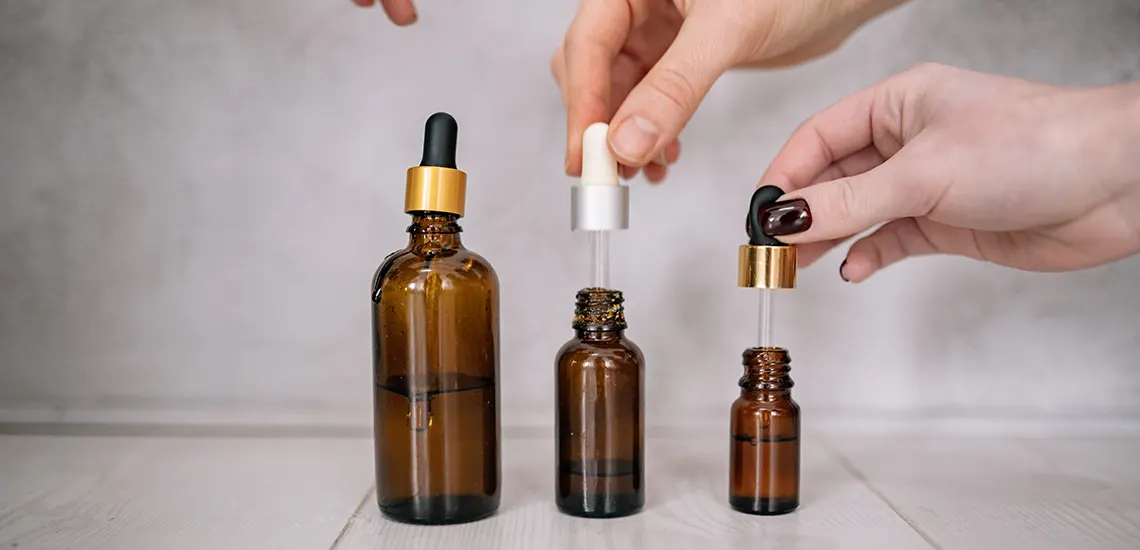
What are the different types of CBD?
CBD treatments are seeing their day in the sun. Its applications are changing and growing constantly, to the point where research can’t quite keep up.
With the onset of plant-based treatments, scientists the world over are rushing to understand whether plant compounds present provable health benefits. The research is still in its fledgling stages but the associated products have become widely available.
Arguably, the most popular of said treatments come in the form of the different CBD types currently on the market. The available range is differentiated primarily by which parts of the original plant are present in the product.
They are as follows:
- Full-spectrum
- Broad-spectrum
- CBD Isolate
The unique properties of each, including their manufacturing methods, contents, means of administration and tastes, are worth exploring individually. As are their current legal status and the avenues for purchasing them.
Firstly, What Exactly is CBD?
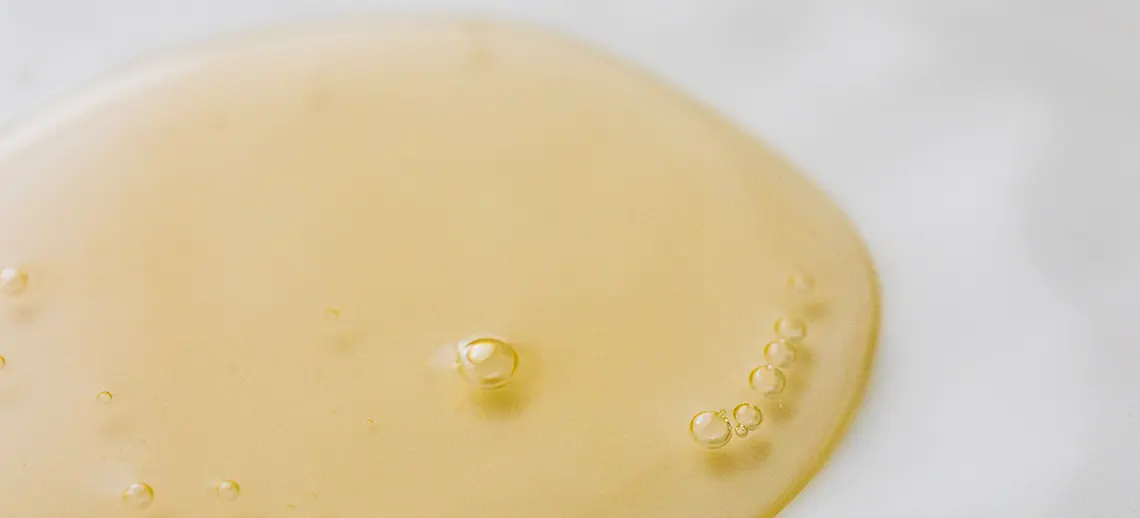
Where does CBD come from? Cannabidiol is a chemical originating from popular treatments based on the hemp plant. This is generally prescribed and sold in the form of liquids, capsules, extracts or oils. CBD has also begun to appear in various food and beauty products.
Notably, a range of ongoing clinical trials are currently investigating its potential use as a treatment for various chronic conditions.
Take heed that, while similar trials are ongoing across the world, the field is in its earliest stages and far more research is needed.
One key point to note here is that not all products contain what is known as delta-9-tetrahydrocannabinol or THC, the popular psychoactive ingredient deriving from the same treatments. This is one of the key differences present across the current range of CBD and CBG products.
The Australian government has placed a range of restrictions and stipulations on the contents of all currently available treatments. Licensing is required to manufacture such products and comprehensive testing is carried out.
This, however, has not stopped unregulated products from entering the market. Accurate labelling and your own research are therefore key in ensuring one selects the product most suited to them.
What is a Full-Spectrum CBD?
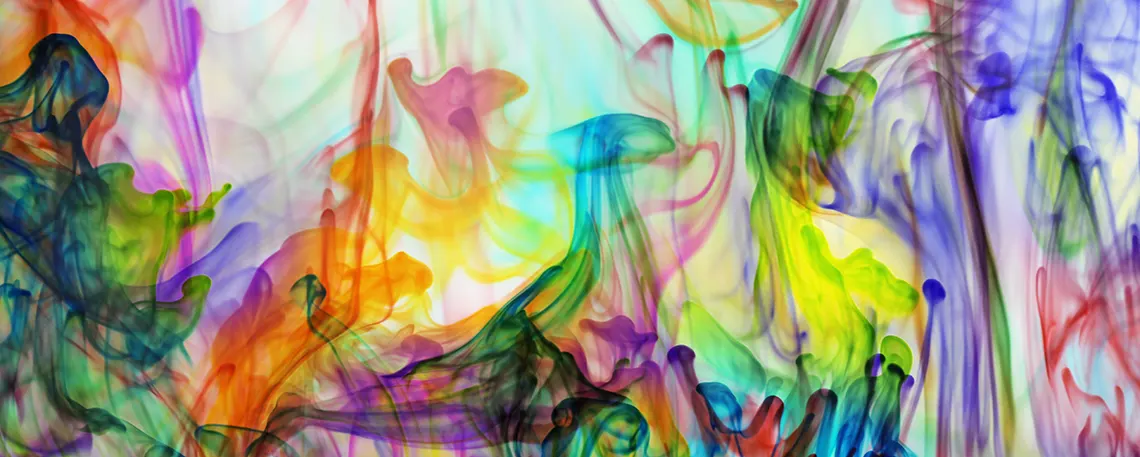
This refers to a form of cannabidiol containing the full extent of compounds naturally found in the hemp plant. This includes terpenes, fatty acids and, yes, even THC.
As a result, such treatments are known for their distinctly earthy and pungent taste profiles.
To date, the most noteworthy characteristic of full-spectrum CBD is what researchers have dubbed “the entourage effect.” Long story short, the hypothesis suggests that any potential benefits offered by the treatment may be more pronounced when a greater range of the plant’s compounds interact with one another.
Much the same as parallel products, the treatment is generally administered via droplets through an eye-dropper and delivered underneath the tongue.
What is a Broad-Spectrum CBD?
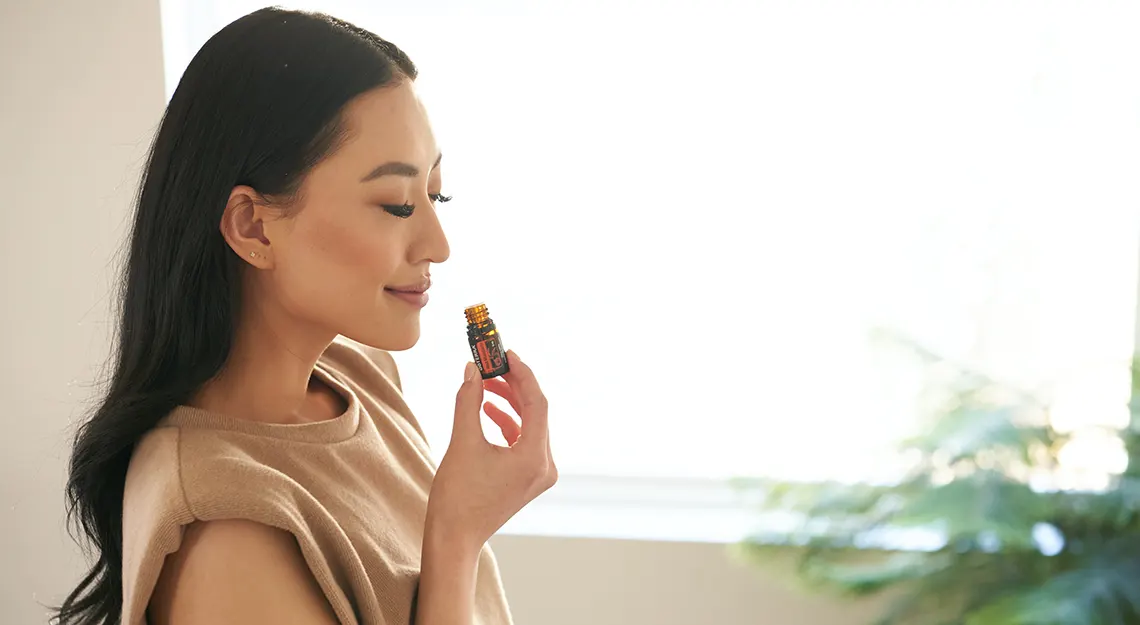
Likewise, broad-spectrum products are known for including a wide range of natural plant compounds. The difference in this case is that these treatments do not contain THC (beyond trace amounts of around 0.3%). Thus, they are incapable of producing the associated psychoactive effects.
The THC is isolated and removed via the extraction process. Manufacturers are then subject to rigorous testing to ensure that only the stated compounds remain present in the final product.
Broad-spectrum CBD is characterised by a similarly powerful and earthy aroma to its THC-bearing counterpart as it contains most of the same components. It is also delivered via droplets and taken under the tongue or even mixed into meals.
What is CBD Isolate?
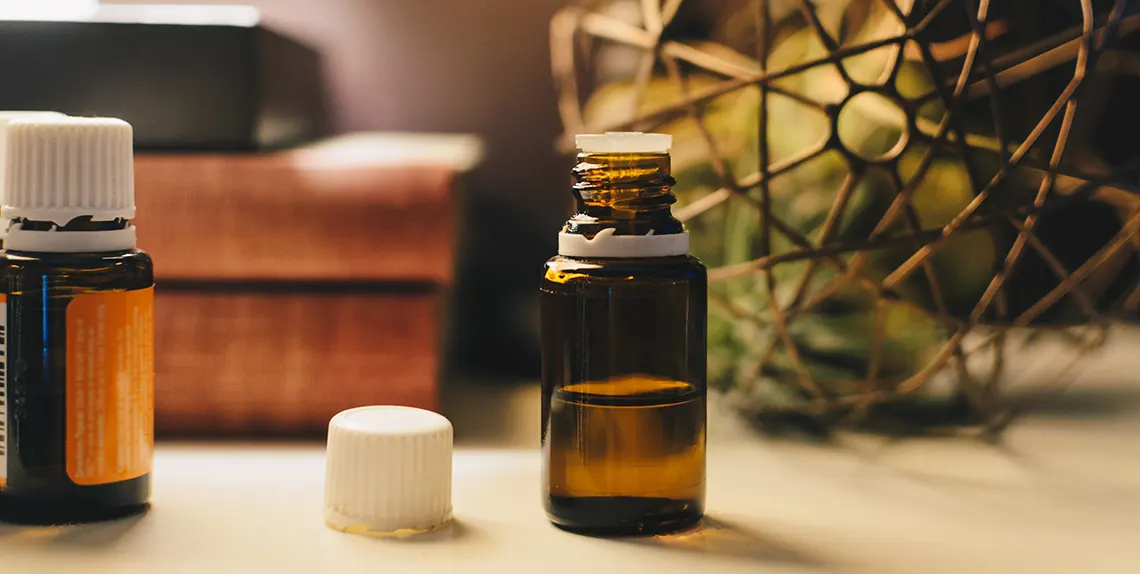
The final category in this treatment range is so called because it consists solely of the cannabidiol compound. This means that, much like the broad-spectrum option, isolates do not contain THC. Removing all compounds from the hemp plant other than CBD results in a pure form.
The primary methods for such extraction are CO2 and ethanol extraction. This is an extremely precise and skilled process carried out in laboratory settings with specialised equipment.
It is largely free of any distinct odour or taste. Isolates are administered below the tongue much the same as the full-spectrum or broad-spectrum treatments.
It’s worth noting that, due to the lack of THC, any CBD isolate in Australia will not appear on any drug tests. The full-spectrum and broad-spectrum options may pose this risk at high doses.
Where Can I Get It?
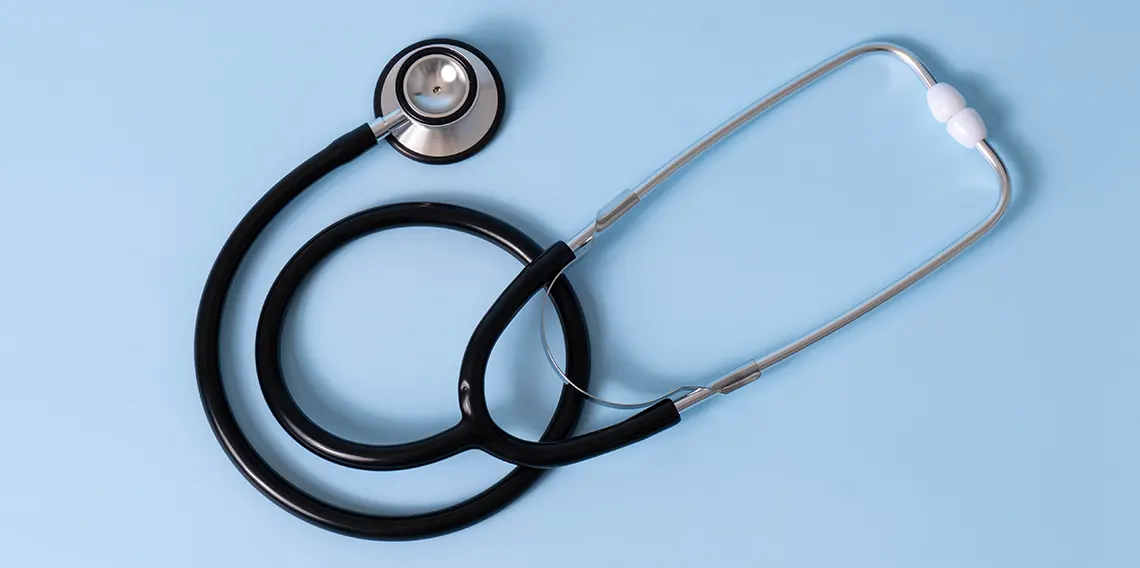
The one and only legal pathway to obtaining all classes of CBD product in Australia is via a doctor’s approval and prescription. Furthermore, precise details as to how prescription works are subject to differ from state to state.
Your doctor’s decision is based on your condition and medical record. In order to receive and prescribe such treatments, doctors will need to seek out the appropriate approvals on behalf of their patient through the TGA.
It’s worth considering that regulations for low-dose CBD products have changed considerably, allowing them to be stocked by pharmacists and sold over the counter. No products yet meet the Schedule 3 criteria, but it’s only a matter of time.
Summary
The unique attributes of each category of CBD should be carefully considered. In summation:
- Full spectrum boasts the full suite of compounds in plant treatments, including THC
- Broad spectrum contains nearly the full range, but is largely free of THC
- Isolates, as their name suggests, contain only pure CBD and strictly no THC.
It ought-to be reiterated that, although scientific research in the field is growing every day, it is simply too early to draw any real conclusions as to the supposed benefits of CBD-based treatment products.
Finally, while unregulated products have flooded the market since its legalisation, the only viable option for obtaining CBD in its various forms is through the prescription of a qualified and registered healthcare professional.
